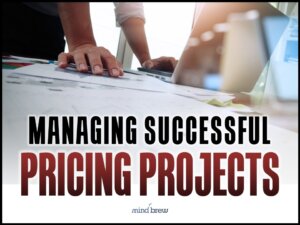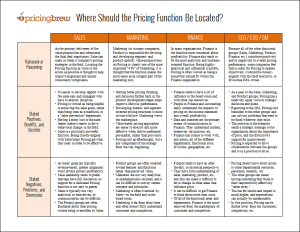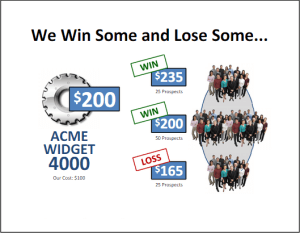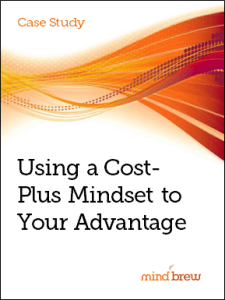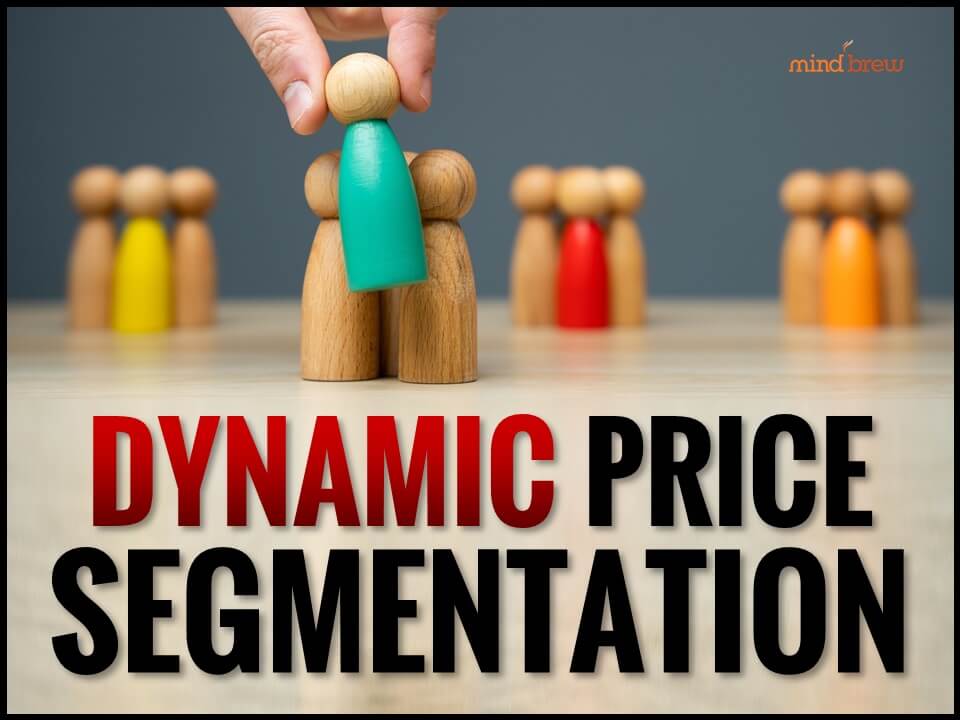If you’ve been following my rants for more than a month or so, you’re probably well aware of how I feel about measuring price elasticity. But just in case I’ve been a little too subtle in expressing my views (heavy sarcasm), I’ll reiterate my three main points:
- Price elasticity does indeed exist in B2B. Sure, it manifests differently in B2B environments than in B2C markets, but dynamics are the same—when price goes up by some amount, unit volume will usually go down by some amount. To confirm this, raise your prices by 40% tomorrow…and let me know what happens.
- Price elasticity can be measured in B2B. I used to feel the need to go into lengthy explanations to justify this position, but now I figure it’s sufficient to just point out how dozens of B2B companies have been measuring it for years. If you disagree, please take it up with them…and let me know what happens.
- Price elasticity is the most powerful B2B pricing metric around. What could be more powerful than a metric that can tell you exactly what’s going to happen to your revenues and profits at any given price point? Except maybe a metric that can also tell you exactly what prices to set in order to achieve the revenues and profits you’re shooting for. Oh wait…price elasticity measures can do that, too.
All that being said, however, I don’t want to give you the impression that you have to wait until you have a robust set of segment-specific price elasticity measures to even begin to leverage this most powerful concept. To be clear, you don’t have to wait at all. In fact, you can get started just as soon as you’re finished reading this article. Here’s how…
Take that price reduction you’re contemplating…let’s call it 7%…and run it through your trusty old breakeven-volume calculation. You know…that simple little bit of math that tells you how much more unit volume you’ll need to sell at the reduced margin levels in order to generate the same number of margin dollars as the current price? That’s the one.
Then, once you have that breakeven-volume percentage…let’s say it’s 24%…go ask the most experienced salespeople in your organization if they would be willing to guarantee 24% more units if you gave them a 7% lower price. Of course, they’ll probably tell you that pigs will be making trips to the space station long before that kind of price-volume dynamic is even remotely realistic in your market.
But guess what you’re doing in the process? You’re estimating price elasticity.
Of course, you won’t even come close to the speed, precision, and predictability afforded by actual price elasticity measures. But still, with nothing more than a breakeven-volume calculation and some expert opinions, you can at least get some idea…a very rough estimate…as to how the market will respond to different prices, and whether those responses will end up generating more or less profit that your current prices.
And that, my friend, is a whole lot better than making a change, crossing your fingers, and just hoping that everything works out for the best…or praying that nobody notices if it doesn’t.
Business-to-Business Price Elasticity
Exposing the Power of Price Elasticity in B2B



